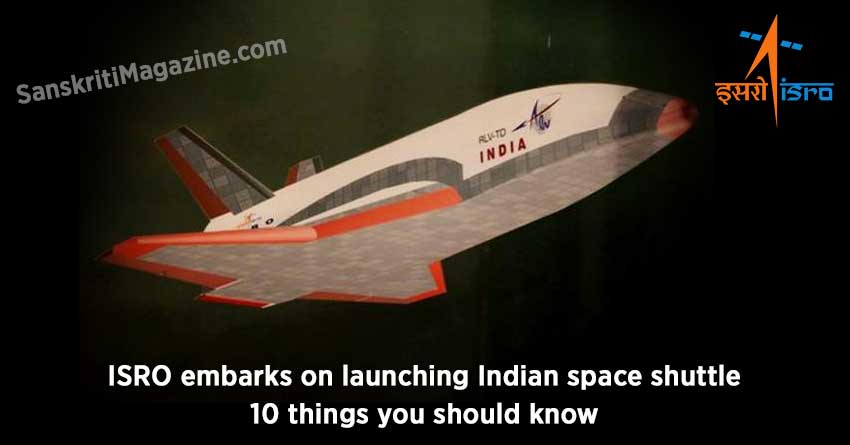Indian Space Research Organisation (ISRO) is all set to undertake the maiden launch of its ‘space shuttle’, a fully made-in-India effort (Read here). A sleek winged body, almost the weight and the size of sports utility vehicle (SUV), is being given final touches at Sriharikota where it awaiting final countdown.
Here’s what we know:
- India’s space port at Sriharikota on the coast of the Bay of Bengal in Andhra Pradesh will witness the launch of the indigenously made Reusable Launch Vehicle-Technology Demonstrator (RLV-TD). After the launch, it will be glide back onto a virtual runway in the Bay of Bengal.
-
The RLV-TD is unlikely to be recovered from sea during this experiment as it is expected that the vehicle will disintegrate on impact with water since it is not designed to float.
-
The purpose of the experiment is to help the shuttle glide over a virtual runway in the Bay of Bengal, situated 500 km from the coast.
-
India’s frugal engineers believe the solution to reducing cost of launching satellites into orbit is to recycle the rocket or make it reusable.
-
Scientists at ISRO believe that they could reduce the cost by as much as 10 times if reusable technology succeeds, bringing it down to $2,000 per kg.
-
K. Sivan, director of the Vikram Sarabhai Space Centre, Thiruvananthapuram, says, “These are just the first baby steps towards the big Hanuman leap.” -
The final version will take at least 10-15 years to get ready.
-
The special booster or the first stage is powered using a solid fuel and it will hoist the RLV-TD prototype to about 70 km into the atmosphere from where the descent will begin.
-
During the descent phase, small thrusters will help the vehicle navigate itself to the landing area.
-
The making of the Indian space shuttle or RLV-TD has taken five years and the government has invested Rs. 95 crore in the project. This flight will test the capability of the vehicle to survive a re-entry at speeds higher than that of sound.











